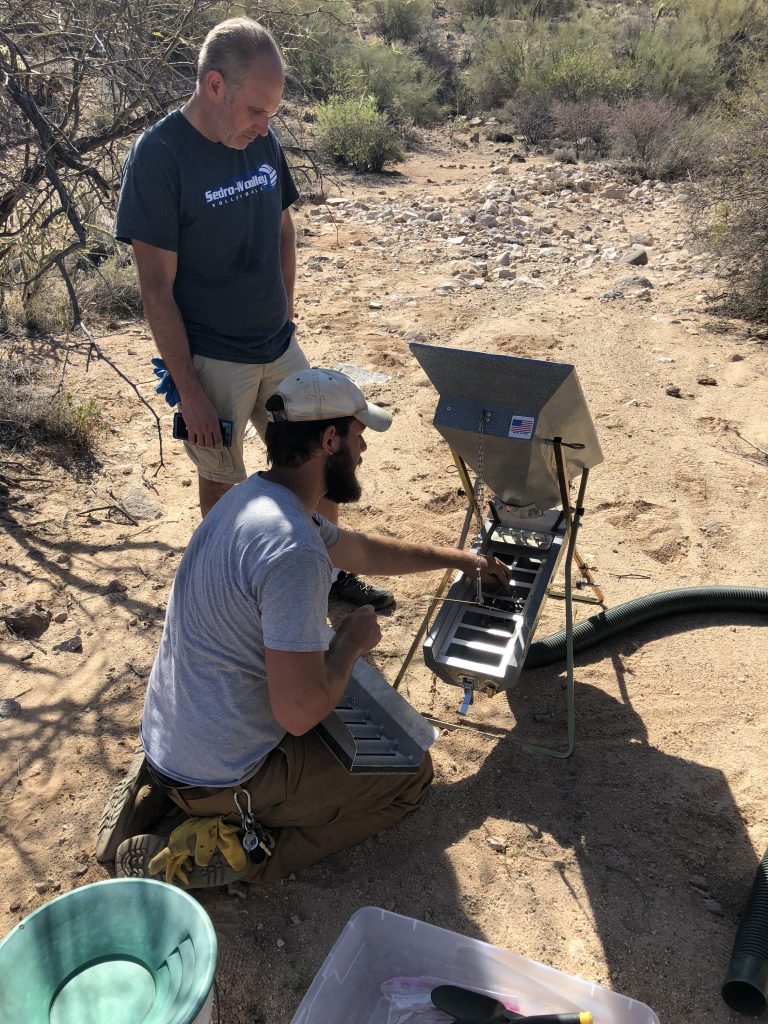


And the world’s unmined gold is generally unmined only because it’s deeper underground and thus less accessible. Geological Survey estimates that, of the world’s known gold, roughly 63,000 tons are still in the ground, compared with roughly 206,000 tons that have already been mined. Still, mining isn’t as simple as it used to be. As prices have risen and mining technology has become more sophisticated, mines are opening and reopening in places where mining was once thought economically unfeasible. In 2020, roughly 43 percent of gold consumed globally went towards exchange-traded funds and central banks. Now, with rising inflation, demand for gold remains high, even despite some recent dips. But those record-low rates decreased the returns on bonds and savings accounts, making gold a relatively more attractive business investment. At the start of the pandemic, the Federal Reserve lowered interest rates in an effort to stimulate the U.S. Today, the price of gold is no longer fixed, and prices have risen in response to the economic uncertainty wrought by COVID-19. Gold mining became unprofitable in the U.S. As part of the effort, the price of gold was fixed at $35 an ounce. The 1944 Bretton Woods Agreement had established a new international monetary system to create stability in exchange rates. When the mine shut down in 1956, it wasn’t because the gold was drying up it was because of economic policy.

Gold still exists in the veins of the abandoned mine, and Rise Gold, the mining corporation that purchased the mine in 2017, has reason to believe that reopening it makes financial sense. Numerous mines like this one once fueled Grass Valley’s economy, and today Gold Rush artifacts are part of the town’s character: A stamp mill, once used to break up gold-bearing rock, now guards an intersection on Main Street, and old ore carts and other rusty remnants can be spotted in parking lots and storefronts around town. These are the remains of Grass Valley’s Idaho-Maryland Mine, a relic from the town’s gold-mining past. Nearby, unseen, a mine shaft drops 3,400 feet into the earth. On the outskirts of the Northern California town of Grass Valley, a massive concrete silo looms over the weeds and crumbling pavement. This piece was originally published by Undark.


 0 kommentar(er)
0 kommentar(er)
